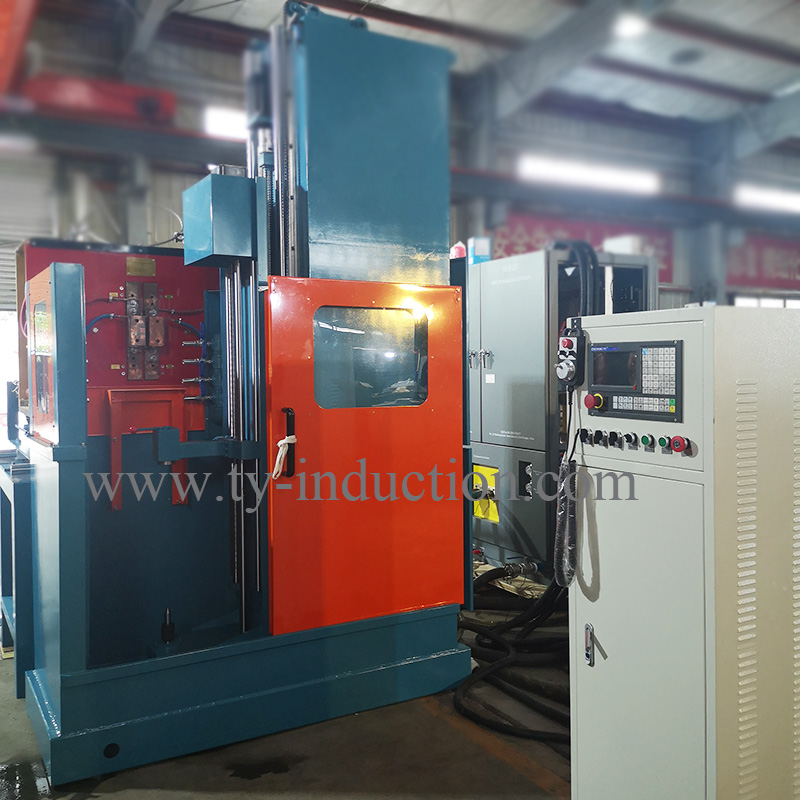Induction Forging vs. Traditional Forging Methods
Induction Forging vs. Traditional Forging Methods
The forging industry has long been a cornerstone of manufacturing, providing the foundational elements for a myriad of applications, from automotive to aerospace. As technology progresses, so too do the methods employed to shape materials. Two primary techniques stand out: induction forging and traditional forging methods. Each method boasts its unique strengths and weaknesses, making it essential for industry experts to understand their differences to enhance manufacturing processes.
What is Induction Forging?
Induction forging utilizes electromagnetic induction to heat metals to their forging temperature efficiently. This process minimizes energy consumption and promotes uniform heating, significantly reducing material distortion and enhancing the final product's integrity. The use of induction heating systems is gaining traction due to their speed and precision, making them a popular choice for modern manufacturers.
Benefits of Induction Forging
One of the standout advantages of induction forging is its energy efficiency. Compared to traditional methods, which often rely on gas or electric furnaces, induction heating consumes less energy and can reach desired temperatures faster. Additionally, the controlled heating provided by induction minimizes oxidation and scale formation on the workpiece, which can be significant contributors to material waste in traditional forging.
Traditional Forging Methods
Traditional forging encompasses various techniques, including blacksmithing and open-die forging, often utilizing furnaces to heat materials. While these methods have been successful for centuries, they are often marked by longer processing times and higher energy consumption. The heating process is generally less uniform, leading to potential inconsistencies in the final product.
Drawbacks of Traditional Forging
Despite its long-standing history, traditional forging can result in significant material waste due to non-uniform heating and oxidation. In addition, the labor-intensive nature of these processes can lead to increased production times and costs. As industry demands evolve, manufacturers are increasingly seeking more sustainable and efficient methods, leading to a rising interest in induction forging.
Choosing the Right Method for Your Needs
Selecting between induction forging and traditional forging ultimately depends on the specific requirements of a project. If speed, energy efficiency, and precision are paramount, especially for high-volume production,  will likely be the preferred approach. However, for certain bespoke applications where traditional craftsmanship is valued, conventional methods might still hold appeal.
will likely be the preferred approach. However, for certain bespoke applications where traditional craftsmanship is valued, conventional methods might still hold appeal.
Conclusion
As manufacturing continues to evolve, understanding the right forging techniques will be crucial to maintaining competitiveness in the industry. With advancements like TY Induction Forge Heating Technology, the benefits of induction forging are becoming increasingly apparent, offering a modern approach that contrasts sharply with traditional methodologies.


